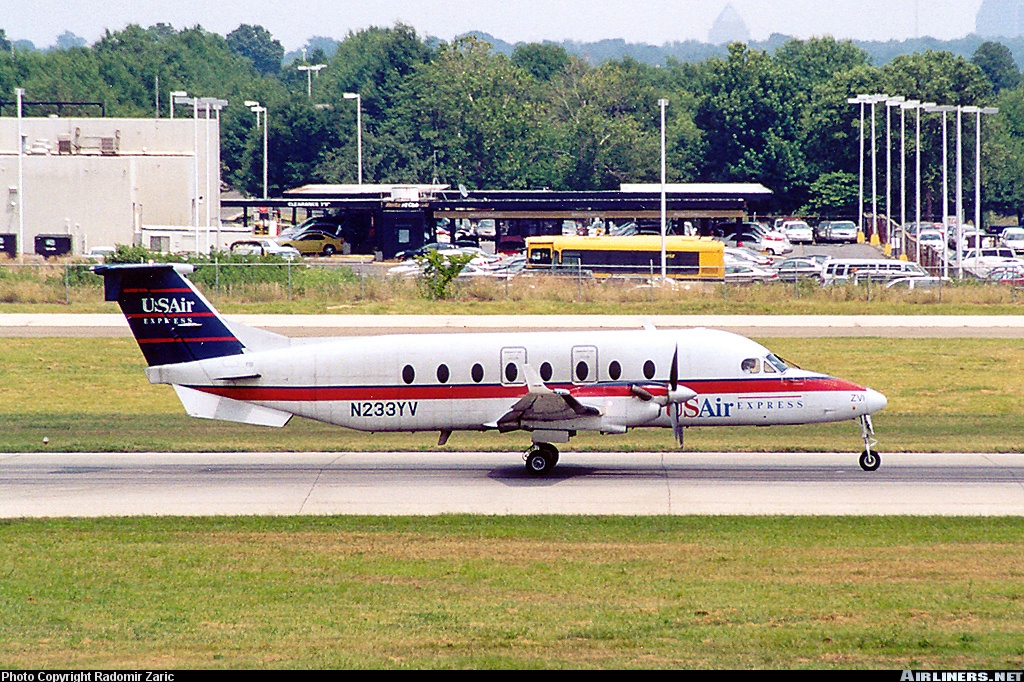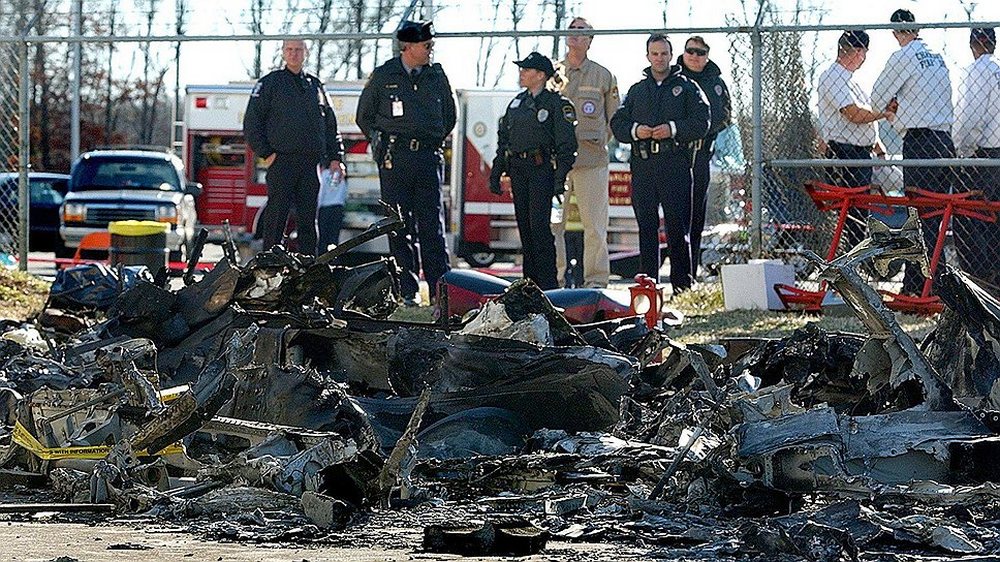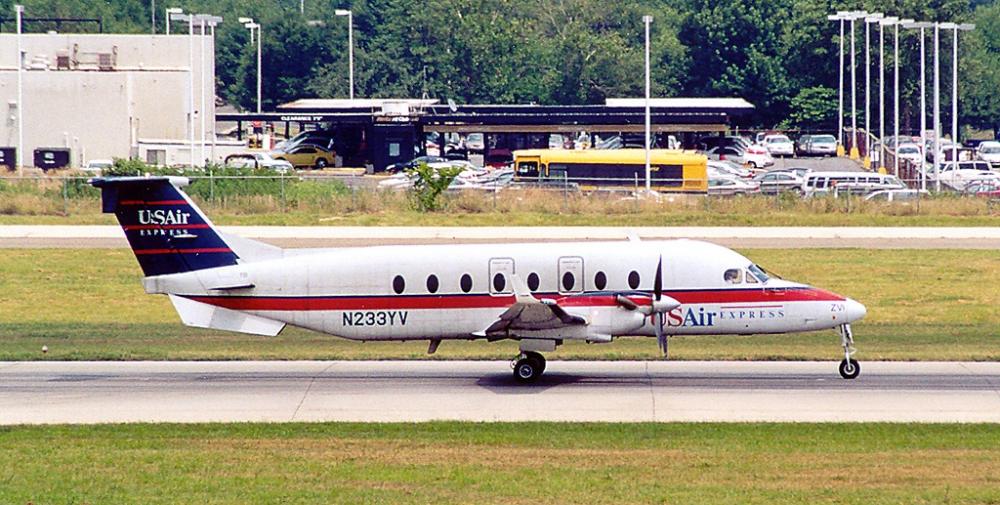Date & Time:
Jan 8, 2003 at 0849 LT
Type of aircraft:
Beechcraft 1900D
Registration:
N233YV
Flight Phase:
Takeoff (climb)
Flight Type:
Scheduled Revenue Flight
Survivors:
No
Schedule:
Charlotte - Greenville
MSN:
UE-233
YOM:
1996
Flight number:
US5481
Country:
United States of America
Region:
North America
Crew on board:
2
Crew fatalities:
2
Pax on board:
19
Pax fatalities:
19
Other fatalities:
0
Total fatalities:
21
Captain / Total hours on type:
1100
Copilot / Total hours on type:
706
Aircraft flight hours:
15003
Aircraft flight cycles:
21332
Circumstances:
On January 8, 2003, about 0847:28 eastern standard time, Air Midwest (doing business as US Airways Express) flight 5481, a Raytheon (Beechcraft) 1900D, N233YV, crashed shortly after takeoff from runway 18R at Charlotte-Douglas International Airport, Charlotte, North Carolina. The 2 flight crewmembers and 19 passengers aboard the airplane were killed, 1 person on the ground received minor injuries, and the airplane was destroyed by impact forces and a post crash fire. Flight 5481 was a regularly scheduled passenger flight to Greenville-Spartanburg International Airport, Greer, South Carolina, and was operating under the provisions of 14 Code of Federal Regulations Part 121 on an instrument flight rules flight plan. Visual meteorological conditions prevailed at the time of the accident.
Probable cause:
The airplane’s loss of pitch control during takeoff. The loss of pitch control resulted from the incorrect rigging of the elevator control system compounded by the airplane’s aft center of gravity, which was substantially aft of the certified aft limit.
Contributing to the cause of the accident was:
1) Air Midwest’s lack of oversight of the work being performed at the Huntington, West Virginia, maintenance station,
2) Air Midwest’s maintenance procedures and documentation,
3) Air Midwest’s weight and balance program at the time of the accident,
4) the Raytheon Aerospace quality assurance inspector’s failure to detect the incorrect rigging of the elevator system,
5) the FAA’s average weight assumptions in its weight and balance program guidance at the time of the accident, and
6) the FAA’s lack of oversight of Air Midwest’s maintenance program and its weight and balance program.
Contributing to the cause of the accident was:
1) Air Midwest’s lack of oversight of the work being performed at the Huntington, West Virginia, maintenance station,
2) Air Midwest’s maintenance procedures and documentation,
3) Air Midwest’s weight and balance program at the time of the accident,
4) the Raytheon Aerospace quality assurance inspector’s failure to detect the incorrect rigging of the elevator system,
5) the FAA’s average weight assumptions in its weight and balance program guidance at the time of the accident, and
6) the FAA’s lack of oversight of Air Midwest’s maintenance program and its weight and balance program.
Final Report:
N233YV.pdf4.23 MB






